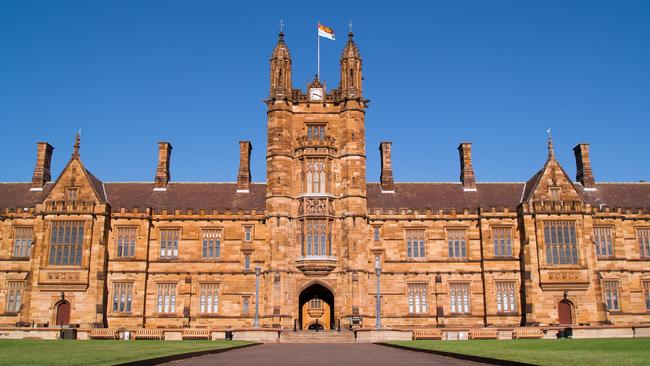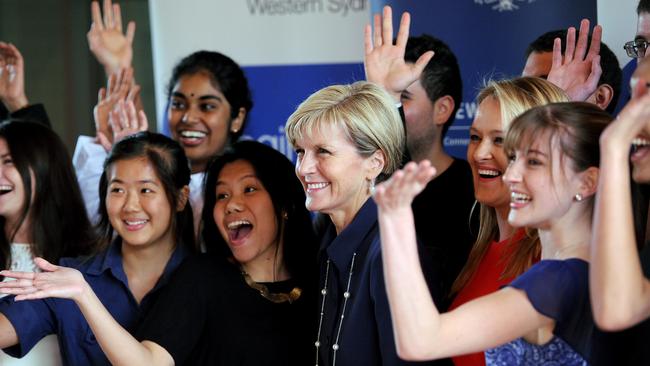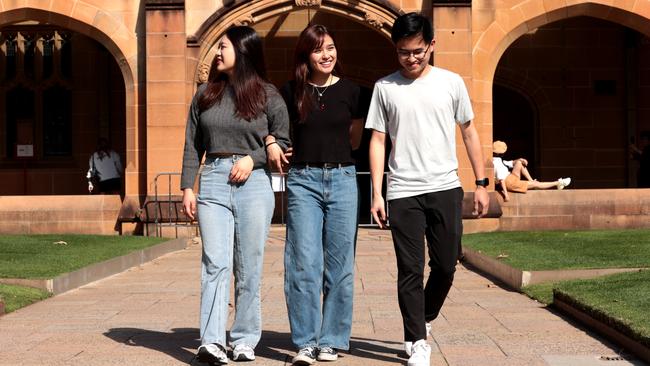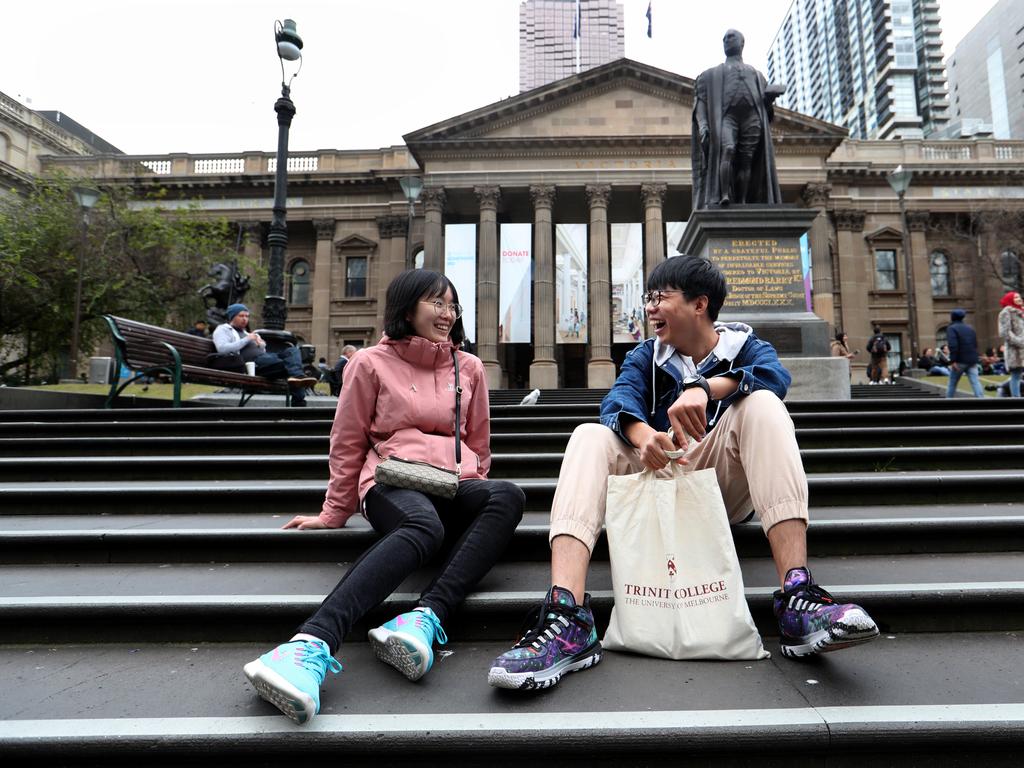Surge in foreign students puts nation’s best interests to the test


The largest group by far among overseas arrivals is international students who undertake a variety of courses at different levels, with 50 per cent undertaking university courses and one-third attending vocational education.
It’s worth taking a look at the numbers to understand how large the recent inflows have been and note the impact of changing regulations attached to international student visas. The key figure is the number of temporary student visas on issue.
According to the most recent figures there were 665,000 visas in September, the highest number ever recorded. The pre-Covid peak was 652,000 – in other words, 12,000 fewer. Note here that a decade ago there were 340,000 temporary student visas on issue.
While India and China are the source countries with the largest numbers of international students, rapid growth is apparent from Bhutan, Pakistan, Nepal, Colombia, The Philippines, Brazil, Thailand and Vietnam.
The university with the highest number of international students is Monash, although Sydney has the highest proportion of international students at close to 50 per cent. It is interesting to note that the universities with the highest number of international students are in Sydney and Melbourne and include the University of NSW, RMIT, Melbourne and Deakin.

The overall story is one of runaway and uncontrolled growth in international student numbers, pumping up population growth and putting pressures on the cities to which they flock. A very large number of these students intend to stay in Australia permanently or for at least a decade.
Recent changes to the student visa conditions have made Australia an even more attractive destination given the guaranteed graduate visas and liberal work rights attached to student visas. The additional resources given to the Department of Home Affairs have sped up significantly the process of granting visas.
The federal government recently decided that bachelor degree graduates could stay for four years, up from two; masters graduates could stay for five years, up from three; and PhD graduates could stay for six years, up from four. International students no longer are required to hide their ambition to stay in the country to obtain a visa
So what should we think about the rapid growth of international students? Is this an example of a successful new export industry generating jobs and higher incomes for Australia? Should the government facilitate this industry? Alternatively, should the government consider a range of restrictions to ensure the flow of students is more manageable and the quality of the students is as high as possible? Should we expect international students largely to return home?
Just on a point of definition, it is a bit of a stretch to call international student education an export industry generating foreign currency, as is the wont of the Australian Bureau of Statistics.
Notwithstanding the visa conditions in relation to financial capacity, most international students have to work here to pay student fees and living expenses. There is no sense in which this is an export activity.
University administrators are fond of claiming international students generate all sorts of benefits for local students as well as the universities themselves. In point of fact there are many anecdotes to the effect that the educational experience of local students has suffered significantly.

Think here overcrowded tutorials with students who don’t speak English well and assignments for groups formed by lecturers to include international students.
There is also some evidence that the English language skills of international students don’t always improve during their time in Australia as they mix only with those from their own countries.
Needless to say, the additional revenue from international students has been welcomed by the universities. Their leaders make the point that the (perceived) failure of the federal government to fund their activities properly has left them with no choice but to accept more international students.
We have seen some of the results in the form of an extremely well-paid and growing cohort of university administrators and lavish new buildings and facilities.
Money also has been spent on research to lift the international rankings of Australian universities, in part to guarantee the flow of new international students. Weirdly, the percentage of international students is part of some of the ranking calculations.
We know a lot less about international vocational education – there are substantial numbers of private colleges, some of dubious quality. We do know that students from China enrol disproportionately in the top universities, with students from other countries over-represented in lower-ranked (and cheaper) universities and vocational colleges.
It is much easier for international students to obtain a visa for study at a university than vocational education. There is a much higher rate of rejection for vocational education applicants.
As a result, migration agents have been advising students to apply to study at a university and then switch to the much cheaper vocational education option. In fact, some of the vocational colleges are mere ghosts set up to facilitate this manoeuvre. The government has attempted to clamp down on this trick.

When it comes to what happens to international students when they graduate, the work of Bob Birrell and Katharine Betts has demonstrated that international graduates of Australian universities who stay are much less likely to hold professional or managerial positions relative to their local counterparts.
This is an important finding because it puts paid to the notion that international students are important in filling skill gaps: most of them actually work in semi-skilled jobs.
It is hard to avoid the conclusion that for many international students, obtaining a student visa is a relatively straightforward means of achieving permanent residence in Australia and easily beats being an illegal entrant to other developed economies. It may involve some upfront expense, but the scope to earn money by virtue of the liberal (and essentially unpoliced) work rights is a huge attraction. To be sure, there is scope for international students to be exploited as workers here but that may have been the case for them back at home.
What we really need is a rigorous assessment of the benefits and costs of international education for the country to assess where we go from here. It’s time to apply the brakes and ensure the visa arrangements, as well as the conduct of our educational institutions, work for the national interest rather than for sectional ones.
Correction: The original version of this column quoted an incorrect figure relating to the pre-Covid peak of student visa holders in Australia. This has now been changed.







Last week I wrote about the unexpected surge in the number of migrants coming to this country and its impact on the housing market.